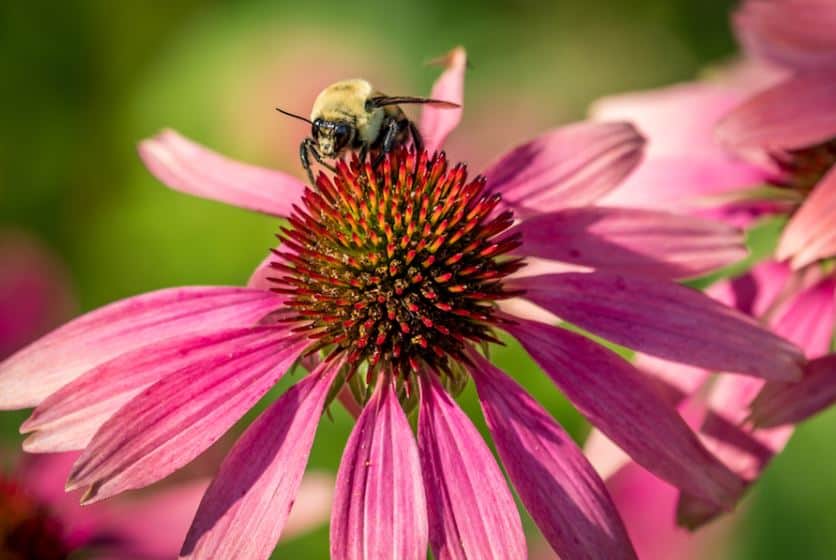Without the help of our pollinators, we would very definitely have little food. Supporting and safeguarding these important creatures and insects helps maintain our food chain. One strategy to entice bees and other creatures into our landscapes is to install native New England pollinator plants. Using native to the northeast area, pollinator plants provide vital food and shelter. Also, since local plants are suited to the environment, they often need less upkeep and have built-in pest and disease resistance.

By harnessing the region’s natural flora, gardeners in the northeast may enhance the quantity of pollinating insects and animals. A variety of blooming plants that attract bees and other pollinators should be included in a pollinator garden. Bees, butterflies, wasps, flies, beetles, and other insects are the most frequent pollinators in New England. A well-designed pollinator garden will teem with plants and pollinating partners for Pennsylvania, New Hampshire, or other northeastern states.
Features of the New England Pollinator Garden
Plants primarily stimulate pollinators but also need refuge, food, and water. Although providing them with plants to eat is important, they also seek cover among the leaves, ground, and crevices and cracks. A too-orderly landscape often diminishes these habitats, but they are preserved in pollinator gardens. Host plants are essential for insects like butterflies, which deposit their eggs on the undersides of leaves.
The northeast garden should also have plants that larvae consume. Larvae often consume plants other than those that their adult counterparts do. The most straightforward strategy to supply hosts, food, and shelter is to plant a variety of plants. The insect’s thirst may be sated by leaving shallow water dishes without risking drowning. Please keep them in locations where pollinators have been seen gathering.
Pollinator Needs Northeast
For the northeast, pollinator shrubs may broaden the variety of species that make up our pollinator population. Recently, some significant insects have been listed as threatened or special conservation species. The frosted elfin butterfly has larvae that need wild lupine and wild yellow indigo for food. They inhabit scrublands and open, dry woods. Due to its endangered status, the rusty patch bumblebee requires a lot of flowering plants in an area with nesting places. A plant that flourishes in open grassland, milkweed, is necessary for the monarch butterfly. For the royal fritillary, violets are a crucial food source.
The area’s wildflowers will provide plenty of food for both adult or larval species of these types.
- Pinnate Prairie Coneflower
- Bee Balm
- Zigzag Goldenrod
- Blanket flower
- Stonecrop
- Mountain mint
- Shaggy Blazing Star
- Blue Wild Indigo
Northeast Pollinator Shrubs
Flowering bushes serve as both a food source and a pollinator magnet. Also, they provide the environment with a much-needed depth and create an appealing appearance. Plants will attract pollinators like butterflies and hummingbirds with deep-throated flowers. The tiny pollinating insects are more drawn to shrubs with smaller blooms. Bats will be attracted to dull white, purple, or green flowers with a musky aroma. Because of its lengthy bloom period and copious amounts of nectar, abelia is also known as the bee bush. A wide range of pollinators like fruit plants.
- Highbush Blueberry
- Sweet Pepperbush
- Buttonbush
- Arrowwood
- Ninebark
- Kilmarnock Willow
- Oakleaf Hydrangea
- Summersweet
- Lilac
- Virginia Rose
- Serviceberry
Plants with various blooming schedules should be spaced apart, so pollinators have food all year. Use bulbs that bloom early, like crocuses, to offer sustenance in the late winter. Contact your local extension office to get a list of wild plants that can help you attract these important pollinators to your garden.


